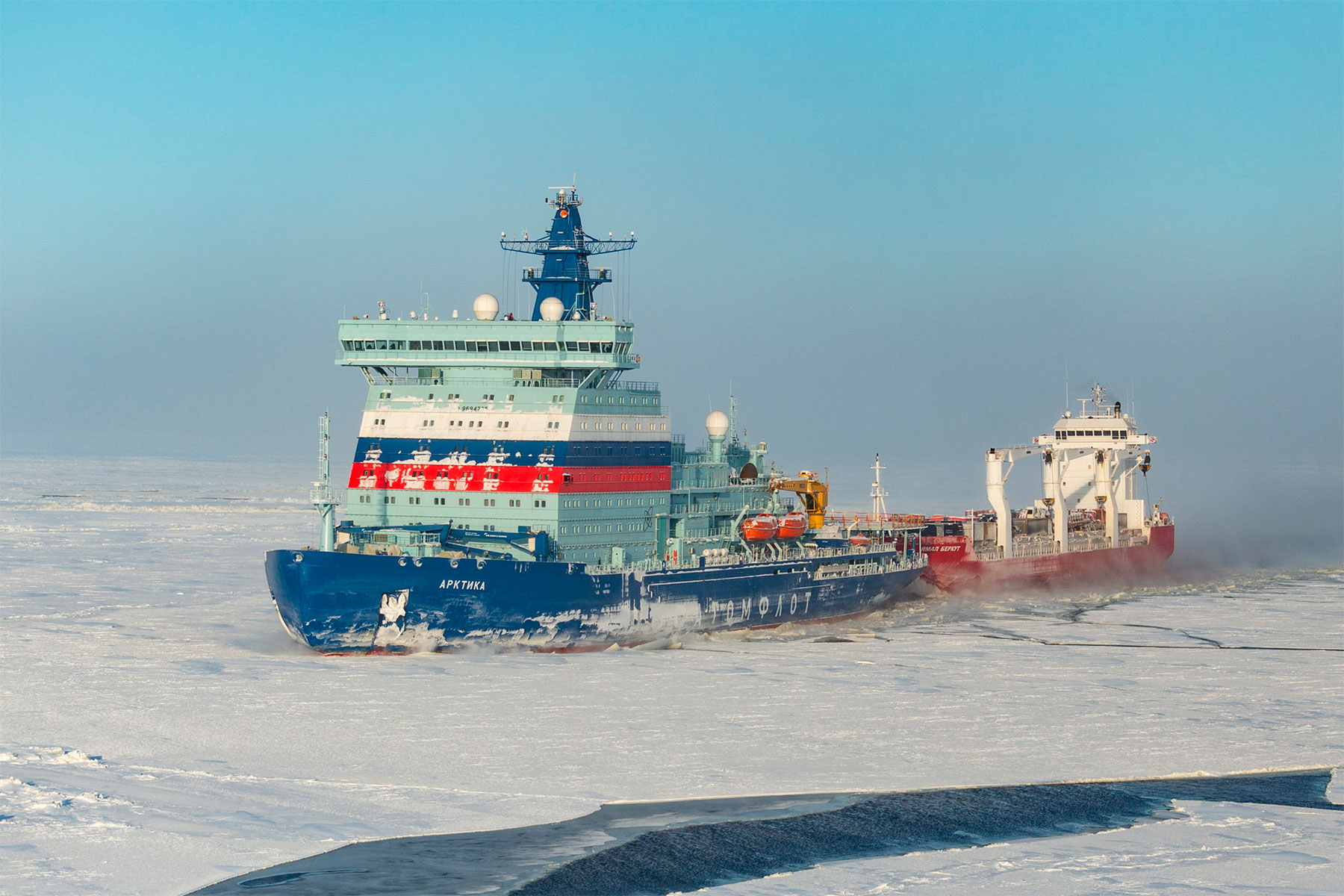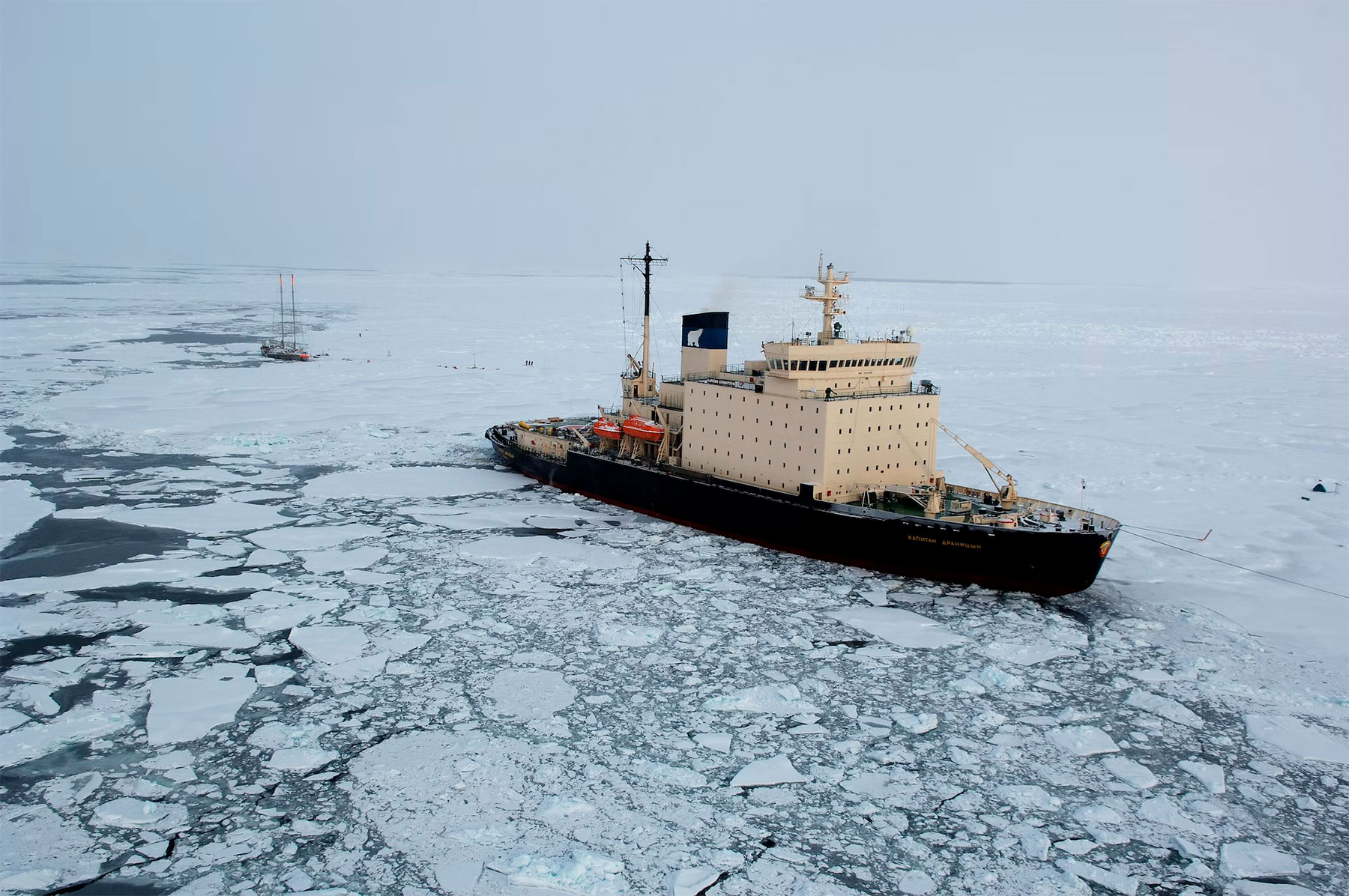India has a well-developed Antarctic program, and the country is a relatively new actor in the Arctic. It received an Observer status in the Arctic Council in 2013, published its official Arctic Policy in 2022. India’s interest to the Polar region is growing.
Does India have enough experience and expertise to conduct research and projects in the Arctic? What are the core drivers for India’s activity in the region? Does the country’s public and academic community express interest to the Arctic issues? These and other issues Dr. Natalia Viakhireva, PhD, RIAC program manager discussed with Professor D Cuba Chandran, PhD, Professor and Dean, School of Conflict and Security Studies, National Institute of Advanced Studies (NIAS, India)
India has a well-developed Antarctic program, and the country is a relatively new actor in the Arctic. It received an Observer status in the Arctic Council in 2013, published its official Arctic Policy in 2022. India’s interest to the Polar region is growing.
Does India have enough experience and expertise to conduct research and projects in the Arctic? What are the core drivers for India’s activity in the region? Does the country’s public and academic community express interest to the Arctic issues? These and other issues Dr. Natalia Viakhireva, PhD, RIAC program manager discussed with Professor D Cuba Chandran, PhD, Professor and Dean, School of Conflict and Security Studies, National Institute of Advanced Studies (NIAS, India)
What are India’s interests in the Arctic? Have they changed since 2022 when India unveiled its Arctic Policy?
India’s initial interests in the Arctic were mostly driven by science; India has interests in both polar regions, the Arctic and the Antarctic. The initial approach was proposed by scientists and the scientific community. As India began to grow, India’s foreign policy interests expanded to space and maritime, and then there was an extraordinary time of expansion and policy push. Maritime has come to be a crucial component of India’s foreign policy strategy. Pertaining to the security issues with what is happening, India as a growing, rising power should be in all the domains; cyber, artificial intelligence, space. So, the Arctic fits that growing interests in different regions and disciplines. So, that is how it evolved from a science approach, to foreign policy. Even today, there is still a strong scientific quotient. For the last few years, there has been an extra emphasis, because the Arctic is tied to the Indian monsoons. These monsoons are very closely tied to agriculture and the economy, and so it is very important for India to understand what is going on in the Arctic. So, science, foreign policy, and the economy. Now, you will see that there is a link to why India is there.
Professor Chandran, you have mentioned science, foreign policy and the economy. Are there any particular field of India’s interest in these rather vast spheres?
In the science and technology spheres, India is looking for a few more stations in the Arctic.
It already has some?
We have three stations in Antarctica. We have one that is fully functional in the Arctic. India’s interests are expanding. India’s needs are growing. We will need more stations in the Arctic, and also in Antarctica. So, one big interest is in scientific research. In the last five past years, especially with Russia, the maritime idea has been shaping. You surely remember a time when Russia wanted to have access to blue water, I think, now, India wants to have access to the white water. It aids the economy. So, one is the science component. The second one is the trade component. The third one, as our science community believes, especially space scientists, stations will help us receive more information about our seasonal changes, monsoons. This means, disaster management, early warning for everything we need. We need to be present and that is the argument that scientists make. I don’t fully understand it, I just take it as a given. Stations in the Arctic will help us receive and analyze data better. So, three reasons.
Do you see India as an independent player in the Arctic or does it need partners for the projects that you have mentioned? Who might be the partners?
There is no way India can work alone. India will require partners. Easily, Russia is one big partner. Norway, traditionally, it has helped us in the past. Iceland, too. So, India’s presence in the Arctic obviously cannot be on its own. It needs support from friendly countries. India has been working with Russia for a long time. India cannot do much in the Artic on its own. India is behind in terms of our own polar research. Perhaps, we can fix this by, one, having stations in the Arctic. The other is by having the technology to physically reach the Arctic. So, if India and Russia work together on the Eastern Maritime Corridor, India would want to take it further, and will prefer to go full circle. So, obviously, if that is the case, then we need some collaboration in technology.
Apart from Russia, do you see any other possible partners for the Arctic project?
Russia is the main one. We are also working with Norway, Iceland. With Russia, we have a larger presence, and Russia has the larger part of the Arctic. It makes sense for India to work with Russia. In return, India can help Russia in Antarctica. India has a large, well-established presence in Antarctica. I don’t know how big Russia’s presence is in Antarctica – but I’m sure Russia will want to be there, too.
There are more and more discussions about possible cooperation in the Arctic in multilateral formats. For example, BRICS and BRICS+. At least in Russia, some experts are starting to talk about it. There are new countries that have joined BRICS this year, is there any room for BRICS in Arctic/Polar cooperation?
Some of these countries, for example South Africa, are geographically closer to Antarctica. These are two large landmasses, the Arctic and Antarctica. Since we are looking at another polar, we are looking at other regions closer to the Arctic. Some of the countries that joined BRICS will be able to help the BRICS process. There are new areas where we would like to work together now and in the near future, for example the Antarctic Treaty System.
How do you assess the level of public awareness on the Arctic issues in India?
In the strategic community, the number of students studying the Arctic from a foreign policy/security perspective is limited. However, there is substantial research in the Arctic and Antarctic region in science. Teams have visited and stayed in the Arctic. From pollution to permafrost, there is interest in India to know and study what is happening in the Arctic. Not only on the Arctic, there is also interest in the Antarctic. Departments in Universities in South India, for example in Kochi and Kottayam, there are serious studies on the polar regions. The Ministry of Earth Sciences has supported numerous research projects. The National Centre for Polar and Ocean Research (NCPOR), based in Goa has undertaken some pioneering research and published their findings. We are looking at “Polar Dialogues” in India. At NIAS, in 2024, we are likely to kickstart an international dialogue on the Arctic. I have a PhD scholar working on the Arctic, from a governance perspective. So, there is growing interest. Given the importance of the Arctic and the Antarctic, India’s focus and research on the polar regions must expand further. Those studying it, are still a small community.
What can think tanks from Russia and India do together to promote interest and awareness on the Arctic, and identify additional areas for cooperation between Russia and India?
There is so much that the think tanks in Russia and India can do on the Arctic. In India, for a long, the Arctic was a primary focus from a Science perspective; hence, they were housed in academic institutions. In recent years, think tanks in Delhi and outside are discussing the Arctic. For example, at NIAS in Bangalore, where I come from, there is a focus on multiple perspectives, including Science, Climate Change, Governance, Economy and Energy.
In terms of what the think tanks in India and Russia could do on the Arctic, we can start with a mapping of who is doing what in the Arctic in India and Russia. Second, think tanks in India and Russia can act as nodal points to look at what is being done in the Universities and other academic institutions in India and Russia. Third, think tanks can map areas of synergies in the Arctic between India and Russia. Fourth, there could be an annual dialogue on the Arctic; there is already a broader dialogue between ICWA and RIAC; the Arctic could become a vertical within the larger dialogue and think tanks can meet every year and discuss the Arctic.








